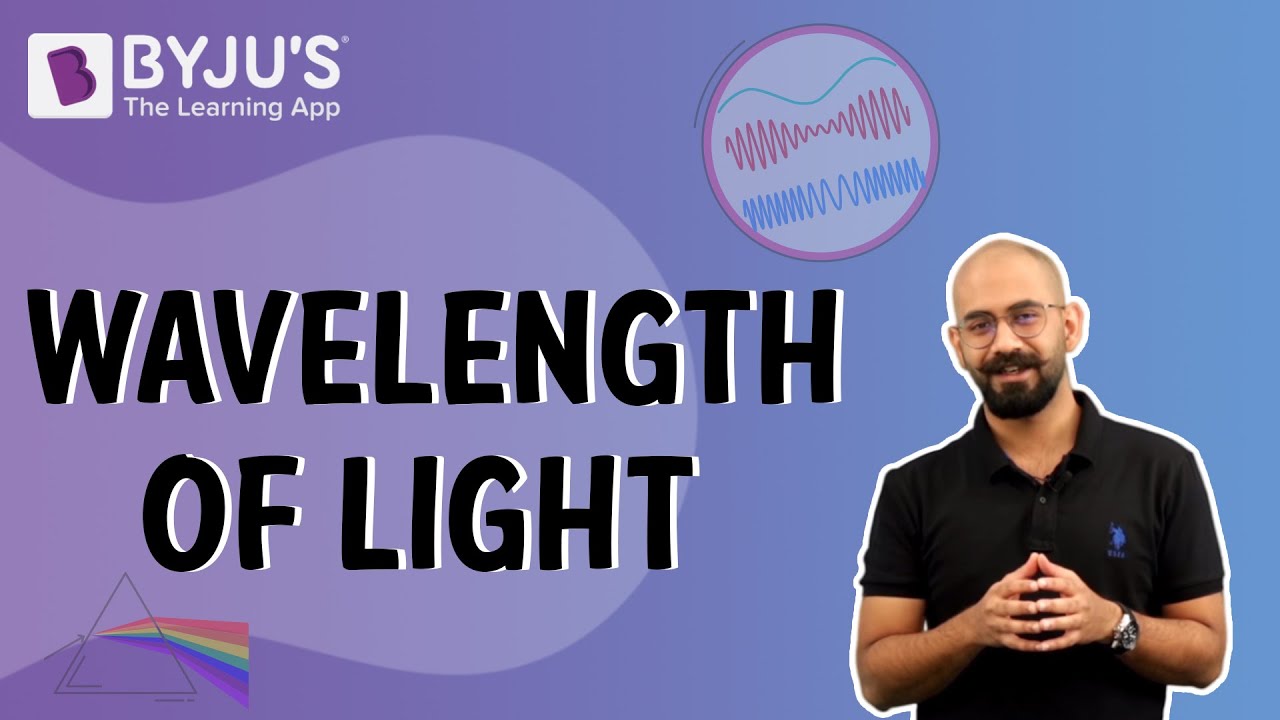What is a Visible Light?
Visible light has around 400 nm to 700 nm and a frequency range of around 400 THz to 800 THz. This part of the electromagnetic spectrum can be “seen” and distinguished optically by the human eye. When white light is passed through the prism, it spreads into the seven colours of the visible light spectrum. The Sun is an example of a natural visible light source.

Although we are blind to many wavelengths of light (which may be visible to some animals), we have instruments to detect them. But our world is oriented entirely around visible light as we can perceive it easily.
Apart from the most obvious use for visible light (we use it to see), certain properties of light (like not being able to pass through solid walls, artificial lighting) make us extremely dependable on them. Nowadays, we can use visible light as a means of communicating. Visible Light Communication (VLC) can be used for mobile connection (with a certain amount of disregard for security) and for communication in areas like hospitals where Wi-Fi and mobile phones are undesirable.
What is a Visible Light Spectrum?
The segment of the electromagnetic spectrum that human eyes can see is known as the visible light spectrum. Moreover, this range of wavelengths is called visible light. Typically, human eyes can detect wavelengths from 380 nanometres to 700 nanometres.
How do we see using Visible Light?
The sun is a natural source of visible light waves. Everything we see is the reflection of this sunlight off the surrounding objects. Cones in our eyes are the receivers of these tiny light waves. The colour of the object that we see is the colour of the light that is reflected off the object. All the other colours are absorbed.
Visible Light Astronomy
The temperature of hot objects such as stars can be estimated using their temperatures. For example, the sun’s surface temperature is 5,800 Kelvin. The sunlight has a peak wavelength of about 550 nm, which we perceive as visible white light. It would look reddish if the sun’s temperature were cooler, about 3,000 C. If it were hotter, about 12,000 C, it would look blue.
Watch the video and understand the relationship between frequency and wavelength.

Stay tuned to BYJU’S and Fall in Love with Learning!

Comments